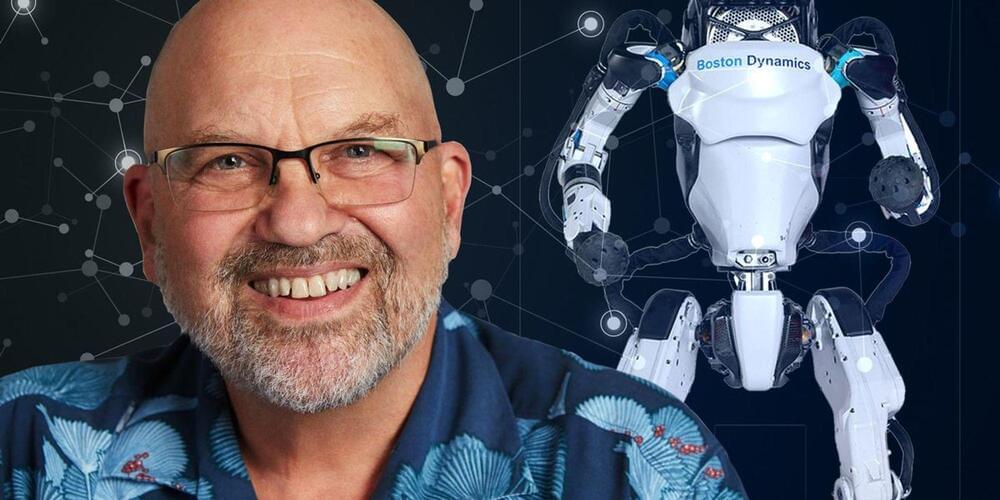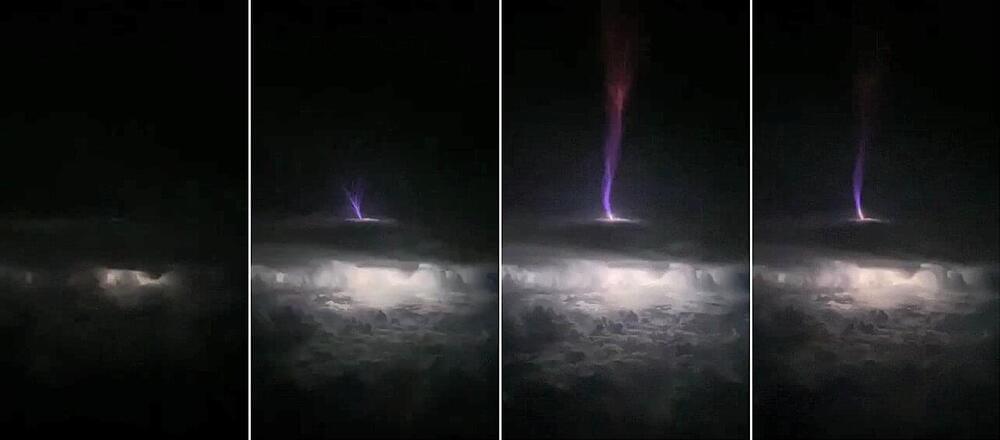An interview with Emad Mostaque, founder of Stability AI.
OUTLINE:
0:00 — Intro.
1:30 — What is Stability AI?
3:45 — Where does the money come from?
5:20 — Is this the CERN of AI?
6:15 — Who gets access to the resources?
8:00 — What is Stable Diffusion?
11:40 — What if your model produces bad outputs?
14:20 — Do you employ people?
16:35 — Can you prevent the corruption of profit?
19:50 — How can people find you?
22:45 — Final thoughts, let’s destroy PowerPoint.
Links:
Homepage: https://ykilcher.com.
Merch: https://ykilcher.com/merch.
YouTube: https://www.youtube.com/c/yannickilcher.
Twitter: https://twitter.com/ykilcher.
Discord: https://ykilcher.com/discord.
LinkedIn: https://www.linkedin.com/in/ykilcher.
If you want to support me, the best thing to do is to share out the content smile
To help developers protect their applications against possible misuse, we are introducing the faster and more accurate Moderation endpoint. This endpoint provides OpenAI API developers with free access to GPT-based classifiers that detect undesired content — an instance of using AI systems to assist with human supervision of these systems. We have also released both a technical paper describing our methodology and the dataset used for evaluation.
When given a text input, the Moderation endpoint assesses whether the content is sexual, hateful, violent, or promotes self-harm — content prohibited by our content policy. The endpoint has been trained to be quick, accurate, and to perform robustly across a range of applications. Importantly, this reduces the chances of products “saying” the wrong thing, even when deployed to users at-scale. As a consequence, AI can unlock benefits in sensitive settings, like education, where it could not otherwise be used with confidence.
This morning, Hyundai Motor Group and Boston Dynamics announced the launch of the Boston Dynamics AI Institute, to “spearhead advancements in artificial intelligence and robotics.” BDAII (I guess we’ll have to get used to that acronym!) will be located in Cambridge, Massachusetts.
A new acoustic levitation device is even capable of picking up and placing drops of glue.
AI-powered image generators like OpenAI’s DALL-E and Google’s Imagen are just beginning to move into the mainstream. David Holz is the CEO of Midjourney, creators of a popular AI image generator of the same name. In this interview, he explains how the technology works and how it’s going to change the world.
Over the last few years, Musk has been getting quite cozy with the Chinese government. In a country known for its protectionism, the CEO managed to score […].
Tesla CEO Elon Musk has revealed more details about Tesla Optimus, the company’s upcoming humanoid robot, and how he sees the product rolling out over the next decade.
Over the last few years, Musk has been getting quite cozy with the Chinese government.
In a country known for its protectionism, the CEO managed to score for Tesla the first car factory in China wholly owned by a foreign automaker.
Unlike many of the so-called “artists” strewing junk around the halls of modern art museums, Jordan Tanner is actually pushing the frontiers of his craft. His eclectic portfolio includes vaporwave-inspired VR experiences, NFTs & 3D-printed figurines for Popular Front, and animated art for this very magazine. His recent AI-generated art made using OpenAI’s DALL-E software was called “STUNNING” by Lee Unkrich, the director of Coco and Toy Story 3.
We interviewed the UK-born, Israel-based artist about the imminent AI-generated art revolution and why all is not lost when it comes to the future of art. In Tanner’s eyes, AI-generated art is similar to having the latest, flashiest Nikon camera—it doesn’t automatically make you a professional photographer. Tanner also created a series of unique, AI-generated pieces for this interview which can be enjoyed below.
Thanks for talking to Countere, Jordan. Can you tell us a little about your background as an artist?
A detailed 3D study of a massive electrical discharge that rose 50 miles into space above an Oklahoma thunderstorm has provided new information about an elusive atmospheric phenomenon known as gigantic jets. The Oklahoma discharge was the most powerful gigantic jet studied so far, carrying 100 times as much electrical charge as a typical thunderstorm lightning bolt.
The gigantic jet moved an estimated 300 coulombs of electrical charge into the ionosphere—the lower edge of space—from the thunderstorm. Typical lightning bolts carry less than five coulombs between the cloud and ground or within clouds. The upward discharge included relatively cool (approximately 400 degrees Fahrenheit) streamers of plasma, as well as structures called leaders that are very hot—more than 8,000 degrees Fahrenheit.
“We were able to map this gigantic jet in three dimensions with really high-quality data,” said Levi Boggs, a research scientist at the Georgia Tech Research Institute (GTRI) and the paper’s corresponding author. “We were able to see very high frequency (VHF) sources above the cloud top, which had not been seen before with this level of detail. Using satellite and radar data, we were able to learn where the very hot leader portion of the discharge was located above the cloud.”









